

STUNNING, sleek and gleaming silvery grey, the kilometre-high Kingdom Tower will also be a green building. As it begins its ascent this year in Jeddah to stake claim to being the world’s tallest tower, the super skyscraper has not forgotten the burning hot issues of today – namely environmental impact and sustainability, according to Adrian Smith + Gordon Gill Architecture (AS+GG).
The iconic structure scores well in the green league in terms of its environmentally-efficient design, energy and water usage, carbon footprint and other sustainable issues, Adrian Smith, a partner at AS+GG tells Gulf Construction.
According to the designer, the structural longevity of Kingdom Tower should easily be 100 years or more with proper maintenance.
Involving a total construction area of 530,000 sq m, the SR4.6-billion ($1.2 billion) Kingdom Tower will be the centerpiece and first construction phase of the SR75-billion ($20 billion) Kingdom City that will take shape on a 5.3 million-sq-m site in the north of Jeddah, overlooking the Red Sea and Obhur Creek.
 |
|
The sky terrace at level 157 ... an outdoor amenity space intended for use by the penthouse floor. |
The soaring tower – which will rise at least 173 m taller than the 828-m Burj Khalifa in Dubai, currently the world’s tallest tower – will be a mixed-use building boasting some of the most luxurious hospitality, commercial and residential facilities worldwide. It will feature a Four Seasons hotel, Four Seasons serviced apartments, first-class office space, luxury condominiums and the world’s highest observatory. The tower will feature a sky terrace – roughly 30 m in diameter – at level 157, which will be an outdoor amenity space intended for use by the penthouse floor.
A vision of Prince Al Waleed bin Talal bin Abdulaziz Al Saud, who was closely involved in the selection of the concept design, the development is owned by Jeddah Economic Company (JEC), which is a partnership between Prince Al Waleed’s Kingdom Holding Company (KHC), Abraar International Holding Company, prominent Jeddah businessman Abdulrahman Hassan Sharbatly and Saudi Binladin Group (SBG).
The contract for the construction of the tower has been signed with SBG and the final licence to construct the tower was formally received from the Jeddah municipality on February 19. Once SBG launches construction work on site, the tower is expected to be completed in 63 months, which means Saudi Arabia will be home to the world’s tallest tower well before the milestone year of 2020.
AS+GG’s design for Kingdom Tower is both highly technological and distinctly organic. “With its slender, subtly asymmetrical massing, the tower evokes a bundle of leaves shooting up from the ground – a burst of new life that heralds more growth all around it,” says Smith, who founded the partnership in 2006 along with Gordon Gill and Robert Forest.
The sleek, streamlined form of the tower can be interpreted as a reference to the folded fronds of young desert plant growth, says Gill. “The way the fronds sprout upward from the ground as a single form, then start separating from each other at the top, is an analogy of new growth fused with technology,” he says.
 |
While the design is appropriate to the Saudi context, it also represents an evolution and a refinement of an architectural continuum of skyscraper design. The three-petal footprint is ideal for residential units, and the tapering wings produce an aerodynamic shape that helps reduce structural loading due to wind vortex shedding.
“The Kingdom Tower’s design embraces its architectural pedigree, taking full advantage of the proven design and technological strategies of its lineage, refining and advancing them to achieve new heights,” Smith says.
The result is an elegant, cost-efficient and highly constructible design that is grounded in built tradition and aggressively forward-looking, taking advantage of new and innovative thinking about technology, building materials, life-cycle considerations and energy conservation, he adds.
SUSTAINABILITY
“Both the design team, AS+GG, and the client, JEC, are committed to sustainability as a goal,” Smith comments. “This is being pursued in a myriad of ways, for example, the project will feature a high-performance exterior wall system that will minimise energy consumption by reducing thermal loads and each of tower’s three sides features a series of notches that create pockets of shadow that shield areas of the building from the sun, decreasing solar heat gain in those areas. The tower will also feature energy-efficient mechanical, electrical and plumbing (MEP) systems, and may feature condensate recovery (which captures and re-purposes moisture from the atmosphere within the building) and grey water collection systems.”
 |
|
Kingdom Tower ... an economic engine and a symbol of Saudi Arabia’s economic and cultural success. |
The design team is also studying opportunities for other sustainability features, including innovative ways of generating energy, taking advantage of the building’s great height, its surfaces and the space available in the spire, he points out.
• Utilities: Smith says water distribution within the tower is made more efficient by the creation of two primary zones, increasing economy of operations. Another strategy, affecting electrical and cooling systems, is the division of the tower into about twenty 30-storey districts stacked on top of one another. “This shortening of cable and ductwork runs for the building systems allows both efficiency of construction and more efficient distribution of electricity and cool air within each district – a concept borrowed from urban infrastructure systems that is turned vertical here,” he points out.
• Carbon footprint: Another context in which Kingdom Tower can be viewed as sustainable is that of land use. “At over 1,000 m, Kingdom Tower will occupy a single footprint, which will have a far less environmental impact than, for example, 10 towers of 100 m, which would consume 10 times more land and require significantly more traffic and utilities infrastructure,” he explains.
“Consequently, for people living in super-tall buildings such as Kingdom Tower, the land footprint per resident is quite low. There are also economies of scale with a super-tall tower. You have to build one roof and one foundation, rather than the multiple roofs and foundations that a group of buildings with the same cumulative area would require,” he adds.
The embodied carbon of Kingdom Tower will be reduced by various means, including designing it so that less waste is produced during construction; by specifying reinforcing steel with a high percentage of recycled content; and by replacing cement with supplementary materials such as blast-furnace slag and pulverised fly ash. In addition, because Jeddah is a major port city, building materials, particularly those used during fit-out, can be shipped to the construction site by sea rather than using more carbon-intensive road transport. Opportunities for using precast elements are also being explored.
-and-Adrian-Smith.jpg) |
|
Gill (left) and Smith ... the designers. |
• Wind forces: The form of Kingdom Tower is also high sustainable in terms of its reduction of wind forces against the building, which in turn will mean that less material will be needed to build its structure.
“Wind tunnel studies have been conducted, confirming that the overall massing enhances structural performance,” comments Gill, a partner at AS+GG. “The upward tapering of the three wings reduces wind vortex shedding. The asymmetry between the wings (each one ascends with a different angle) also reduces wind forces against the building. The design of the building’s top, with each wing ending at different heights, enhances the building’s wind performance. The balconies (and the notches in which they sit) slow the wind going down the surface of the building. The balconies’ location and shape also allows for a comfortable wind environment for occupants even at high altitudes.”
When wind hits the building, the modulations of the cross-sectional area in the tapering form disrupt the resulting wind vortexes and force them to spin off at different frequencies. The result is a significant reduction of movement in the tower due to wind forces, compared to a prismatic tower form, Smith adds.
• Solar heat: Solar heat gain through the exterior wall is obviously an issue, which the design team is addressing by using a high-performance, low-emissivity reflective glass that will reduce heat gain as much as possible while at the same time providing the panoramic views that building occupants want. Where the glass is not needed for viewing, the design team is planning an insulated “shadowbox” panel that minimises heat gain and will have essentially the same thermal performance as a stone panel would.
• Lifecycle: Finally, Kingdom Tower will be sustainable from the perspective of its life cycle. Elements such as gaskets, sealants and glass panels do wear out or break, and have to be updated periodically. “But with proper maintenance, the structural longevity of Kingdom Tower should easily be 100 years or more. It’s worth noting that the Empire State Building, still one of the tallest buildings in the world, is almost 80 years old and as structurally sound as it was when completed in 1931,” Smith points out.
 |
|
The entrance to the tower. |
In designing the finer details of the Kingdom Tower, the Chicago-based AS+GG is leading an interdisciplinary team that also includes renowned consultant Thornton Tomasetti, engineer of three of the world’s top 10 tallest buildings and building services engineering consultant Environmental Systems Design (ESD). The AS+GG partnership was selected after a lengthy competition process in which SOM, Pickard Chilton, Kohn Pedersen Fox, Pelli Clarke Pelli and Foster + Partners also participated.
The developers were impressed by the boldness and simplicity of the design, according to Talal Al Maiman, executive director, development and domestic investments, a board member of KHC and of JEC. “The Kingdom Tower’s height is remarkable, obviously, but the building’s iconic status will not depend solely on that aspect. Its form is brilliantly sculpted, making it quite simply the most beautiful building in the world of any height,” he says.
“We intend Kingdom Tower to become both an economic engine and a proud symbol of the kingdom’s economic and cultural stature in the world community,” he states, adding the tower will be a landmark structure that will greatly increase the value of other properties around it in Kingdom City and indeed throughout North Jeddah.
In addition to its status as an architectural landmark and economic symbol, Kingdom Tower will enjoy great cultural significance. “We envision Kingdom Tower as a new iconic marker of Jeddah’s historic importance as the traditional gateway to the holy city of Makkah,” says Al Maiman.
The great height of Kingdom Tower necessitates one of the world’s most sophisticated elevator systems. The complex will contain 59 elevators, including 54 single-deck and five double-deck elevators, along with 12 escalators. Elevators serving the observatory will travel at a rate of 10 m per second in both directions.
 |
|
The entrance canopies ... as seen from the water. |
AS+GG has also designed the masterplan for the 23-hectare Kingdom Tower Waterfront District, which surrounds the tower and which will include residential and commercial buildings, a shopping mall, high-quality outdoor spaces and other amenities.
The district provides a cohesive and pedestrian-friendly setting for Kingdom Tower while creating a pleasant neighbourhood experience along the Kingdom City lakefront. It encompasses a high-end shopping mall designed by AS+GG, plus additional development parcels that accommodate commercial and high-density residential uses, offices, two luxury hotels and high-quality open spaces, including the central Tower Plaza.
“A serene waterfront promenade connects Kingdom Tower, the various development parcels, the open space areas and the mall together. The result is an exciting mixed-use area that offers a concentrated and comprehensive experience including vibrant shopping, entertainment and open-space amenities,” says Smith.
The Waterfront District also provides an array of connections to other areas within Kingdom City’s overall masterplan, designed by HOK Architects.



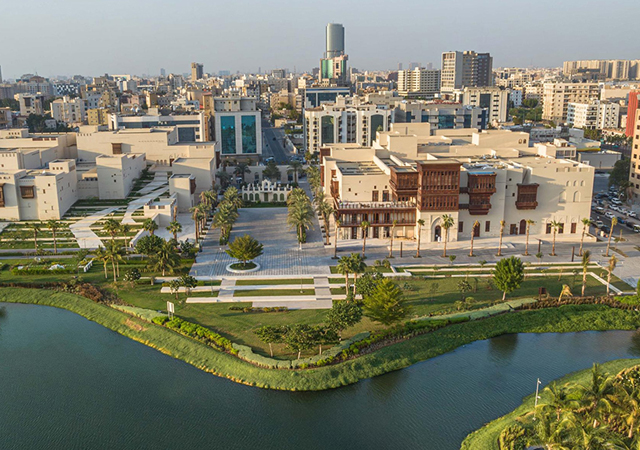
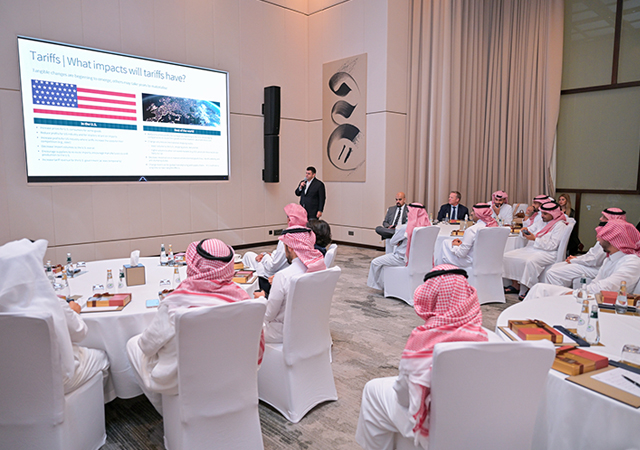
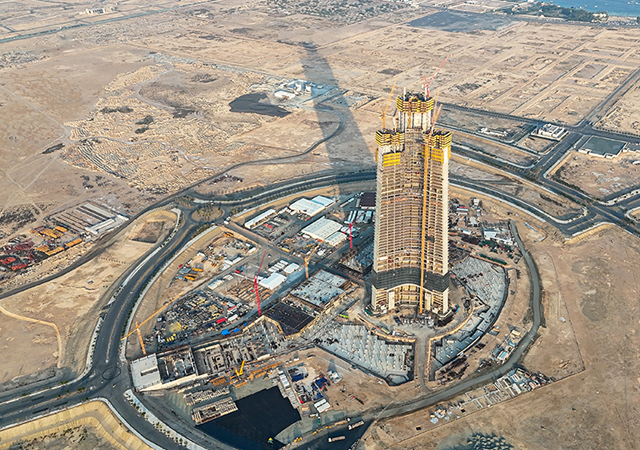
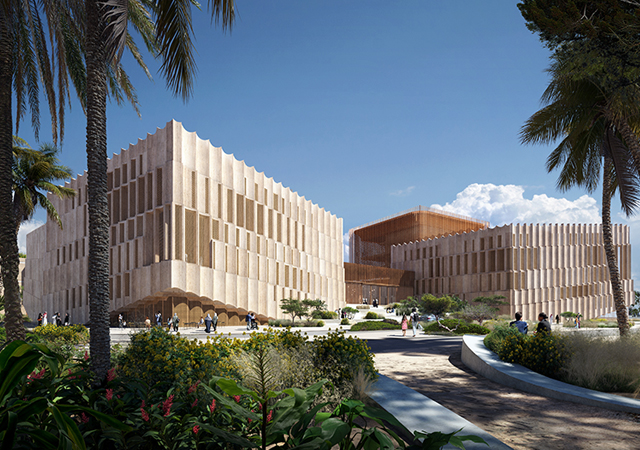
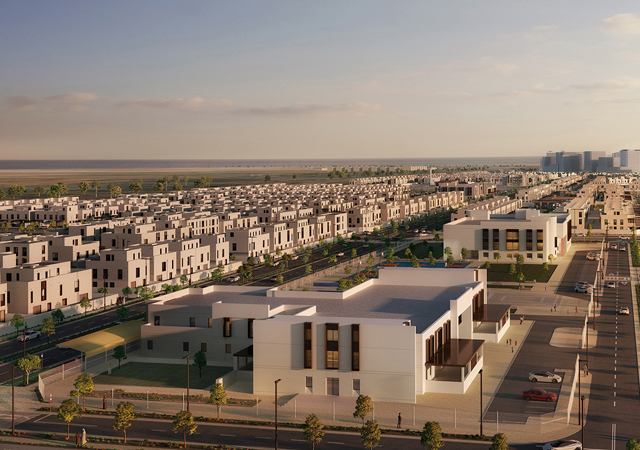
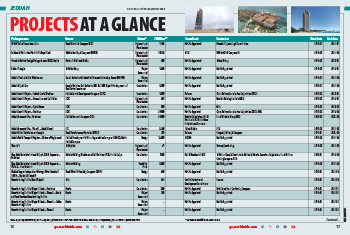
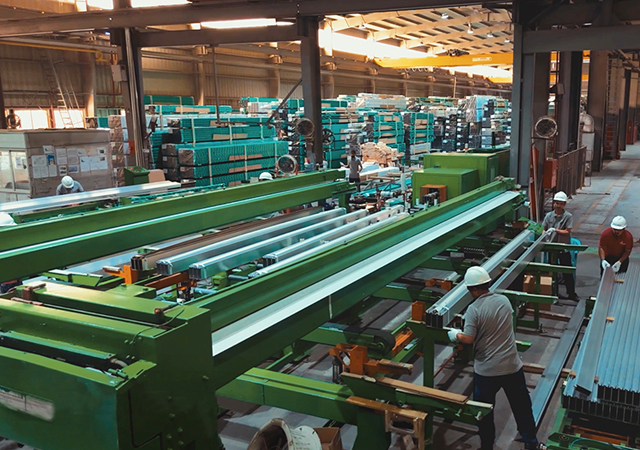

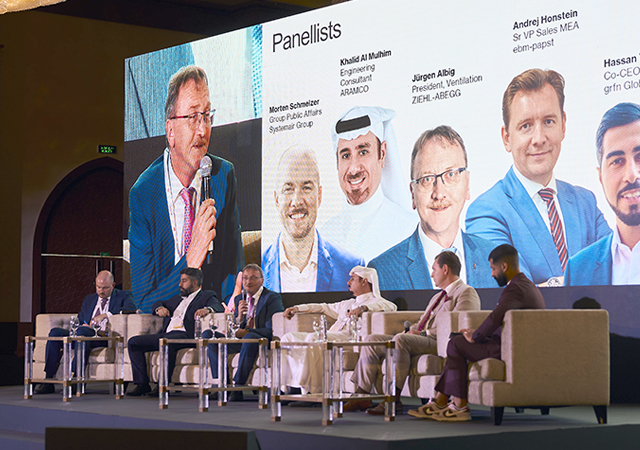
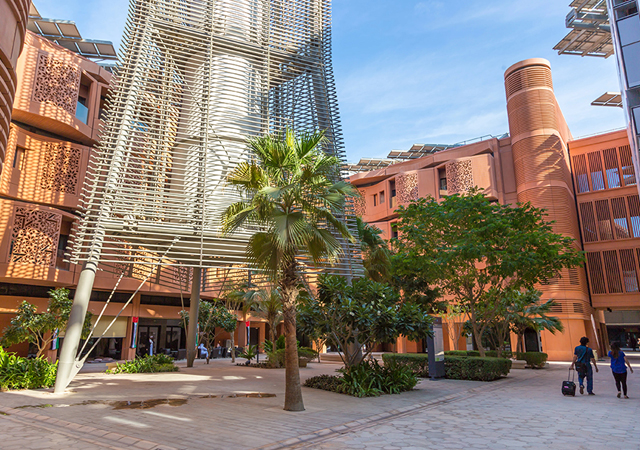
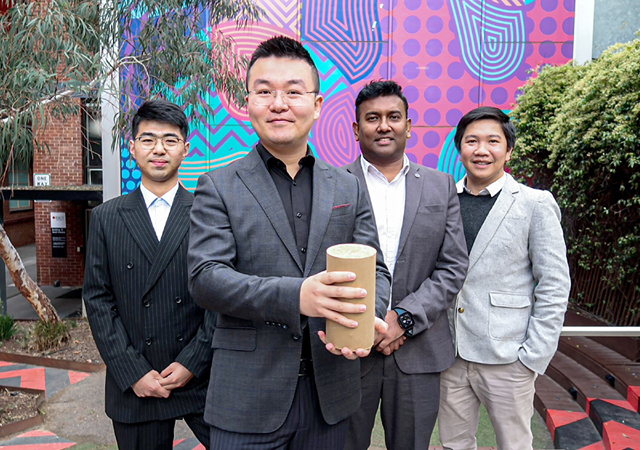
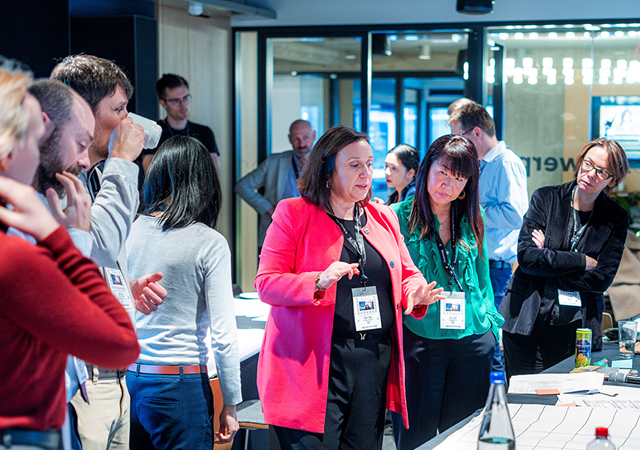
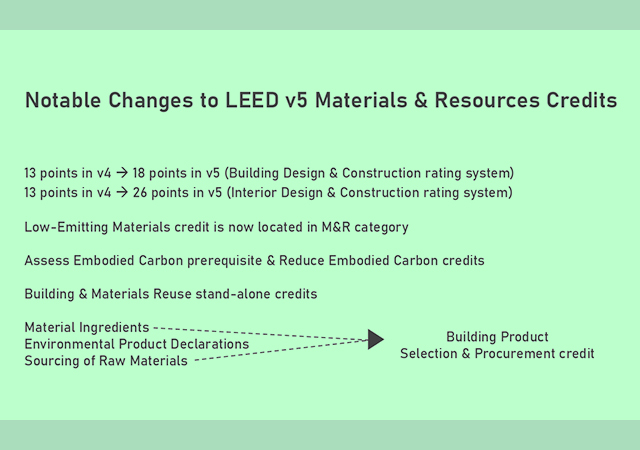
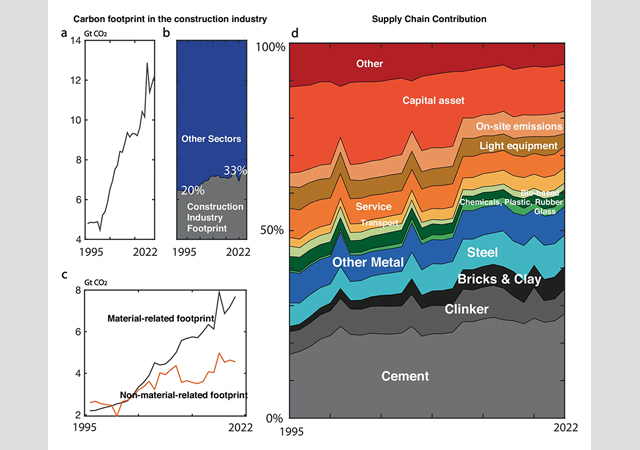
.jpg)
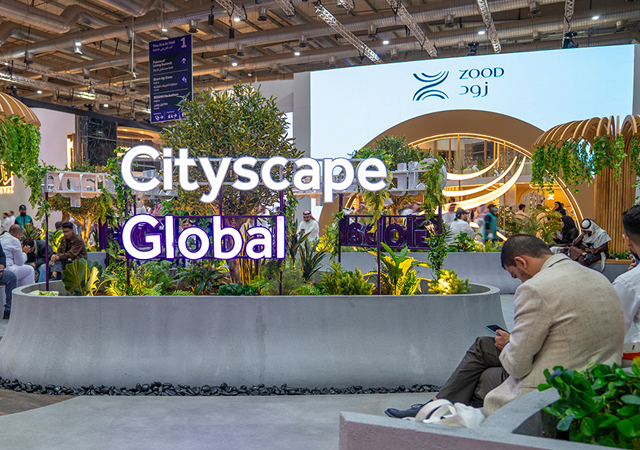
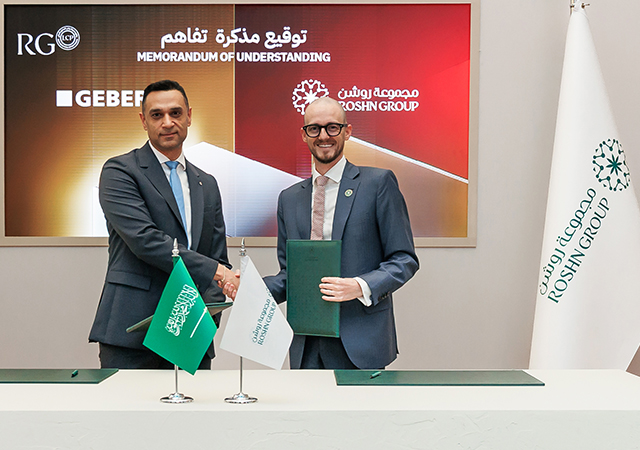
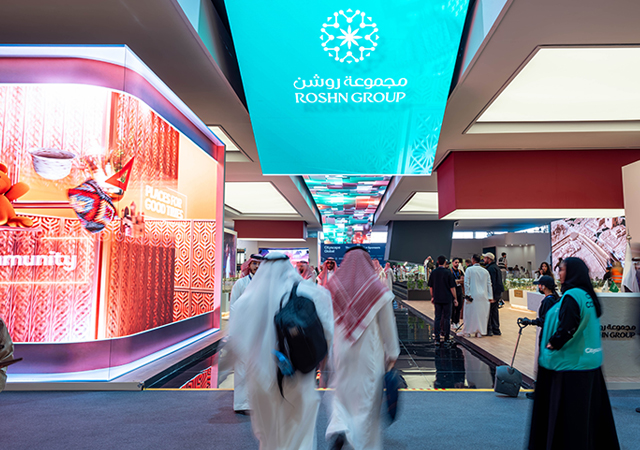
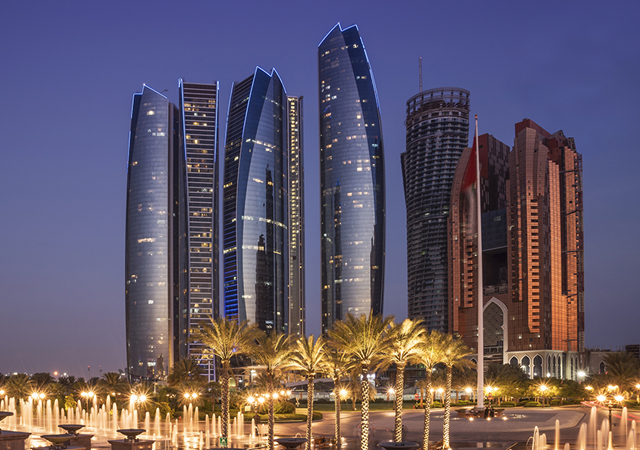
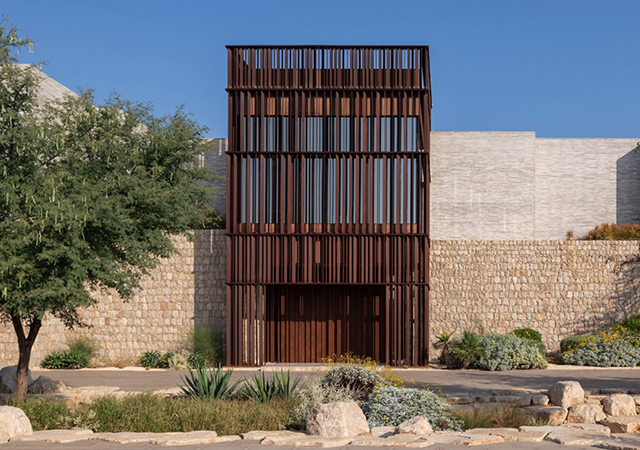
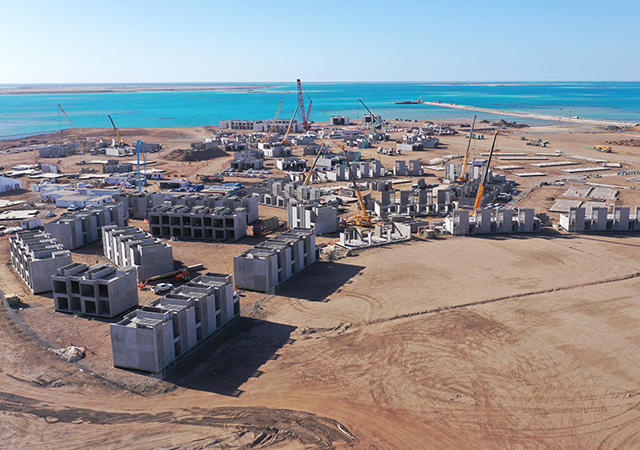
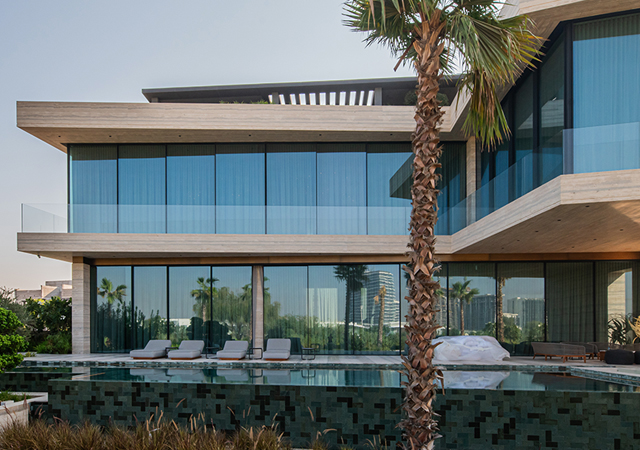
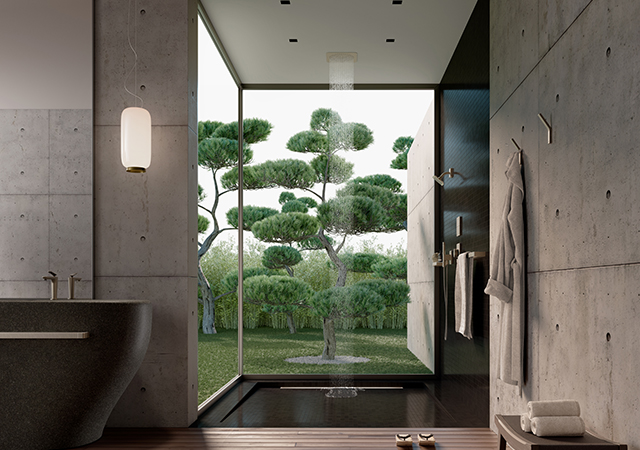
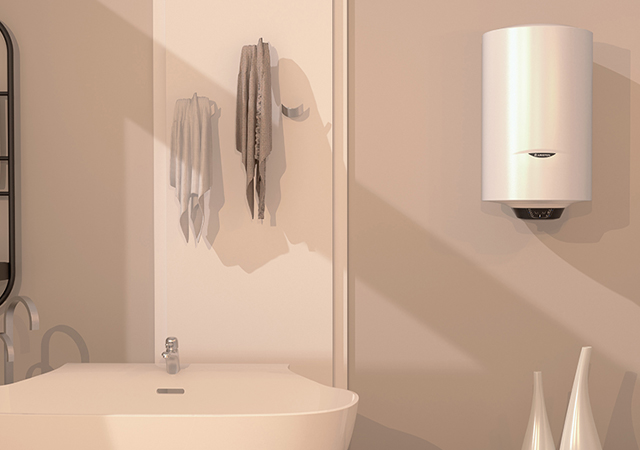
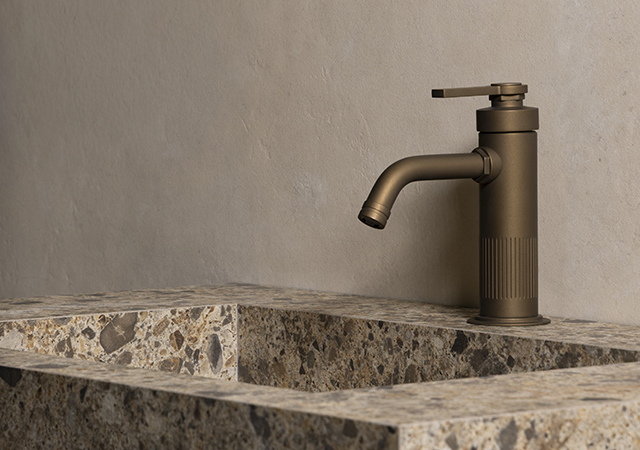

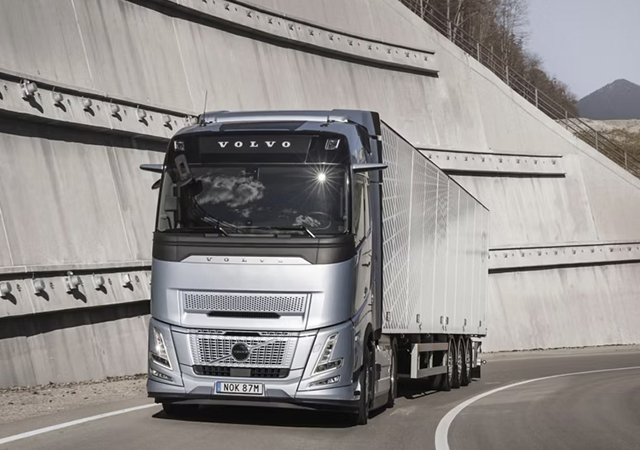
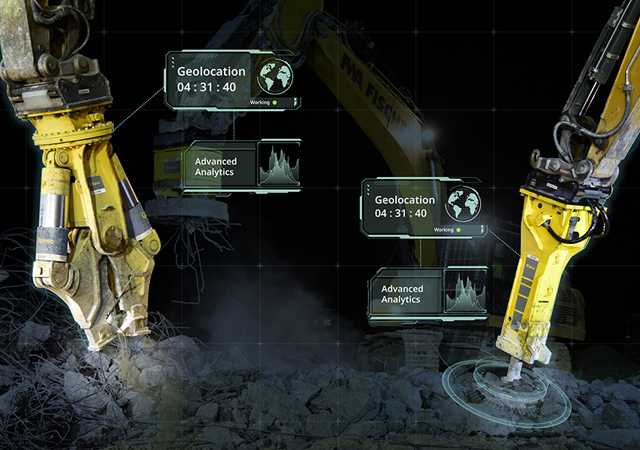
 (1).jpg)

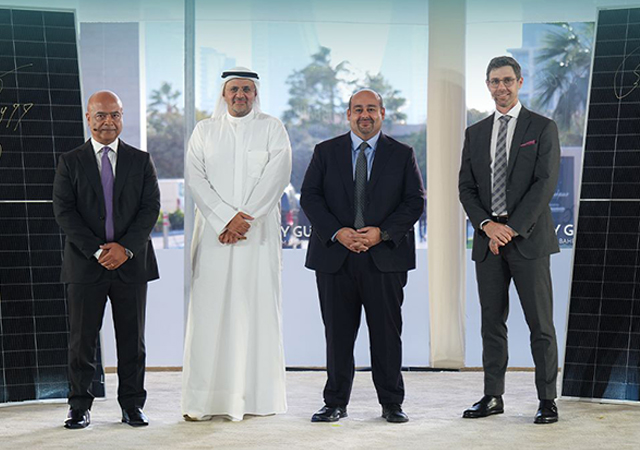
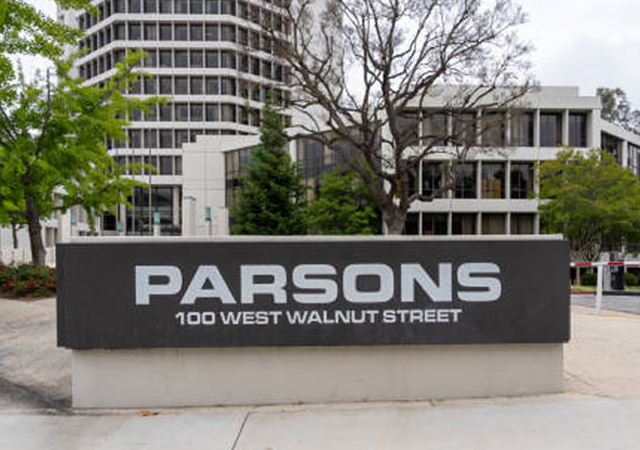
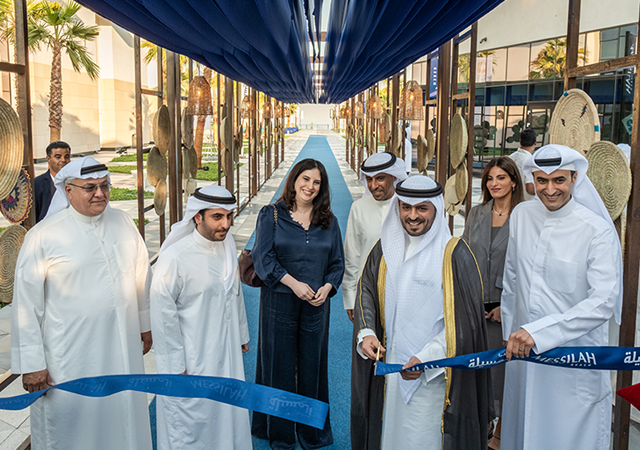
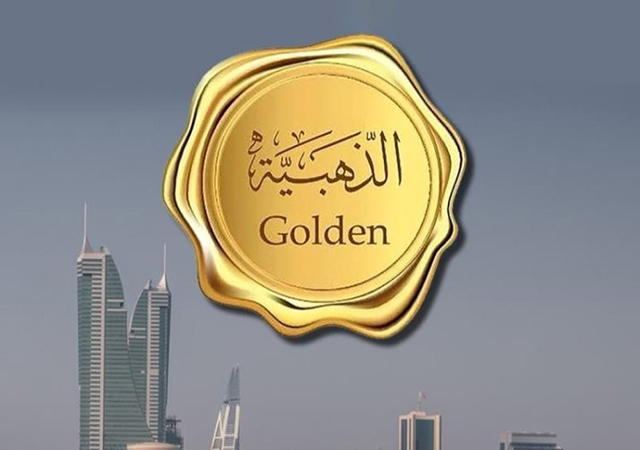
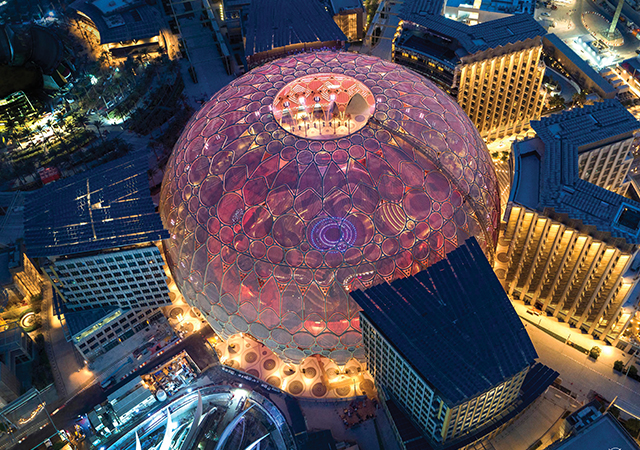
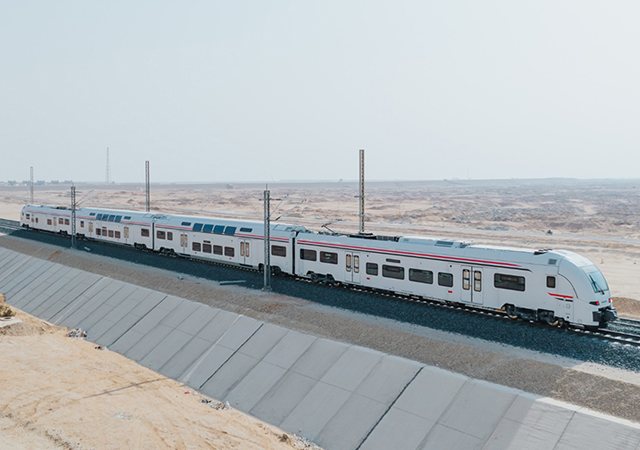
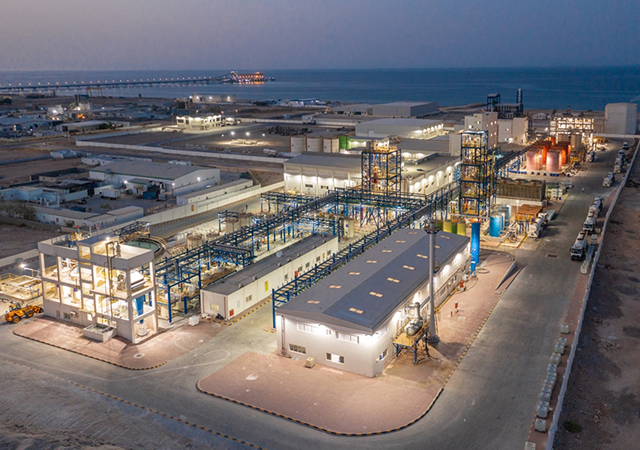
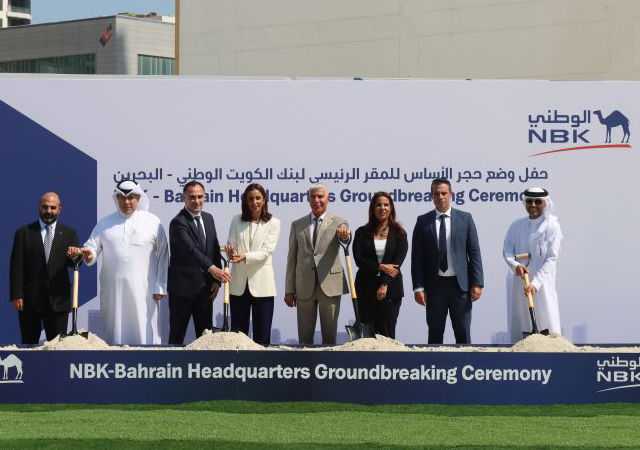
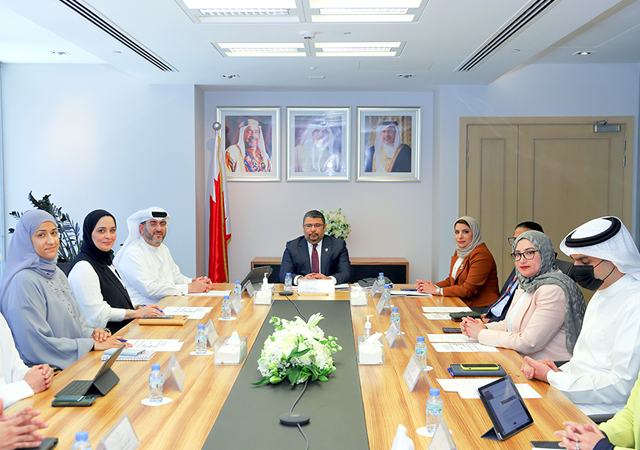
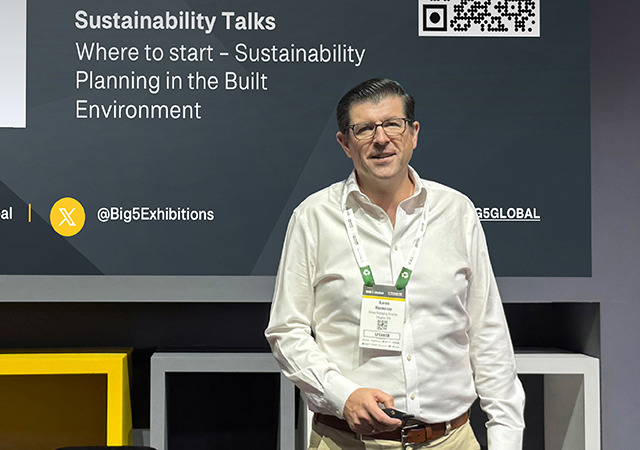
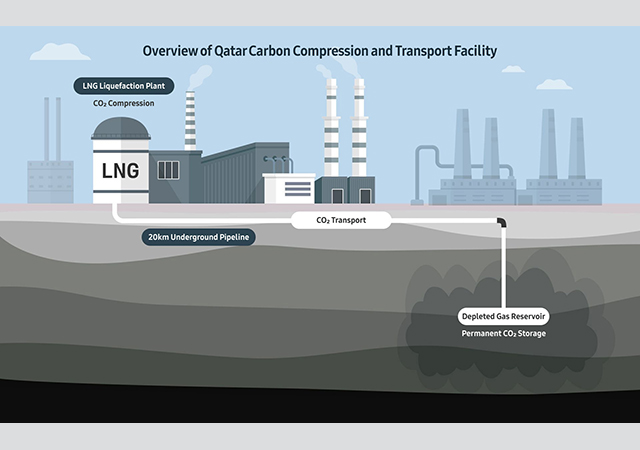
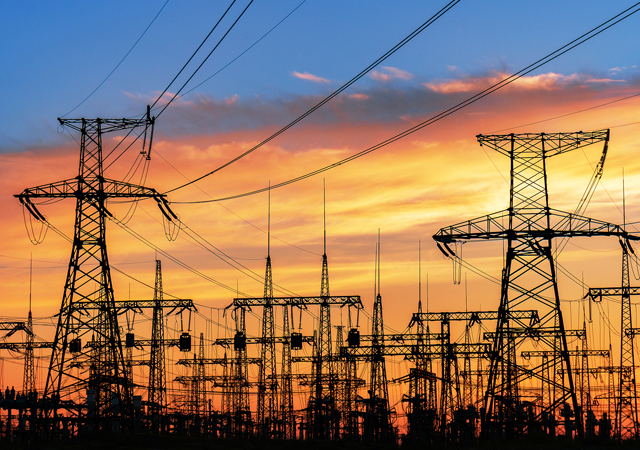
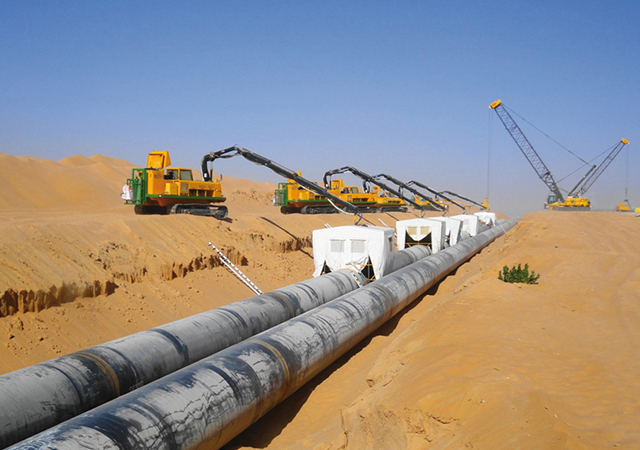
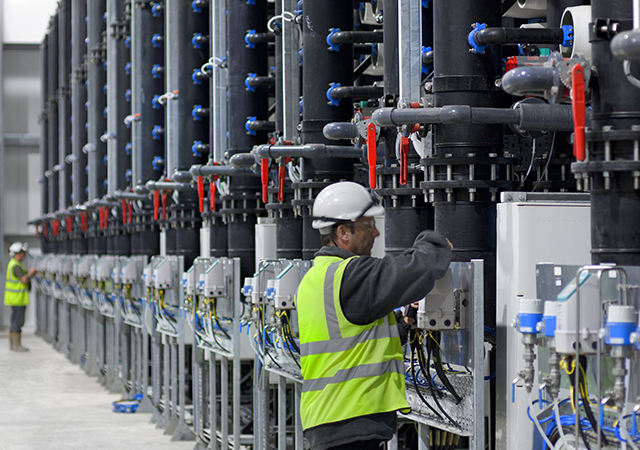
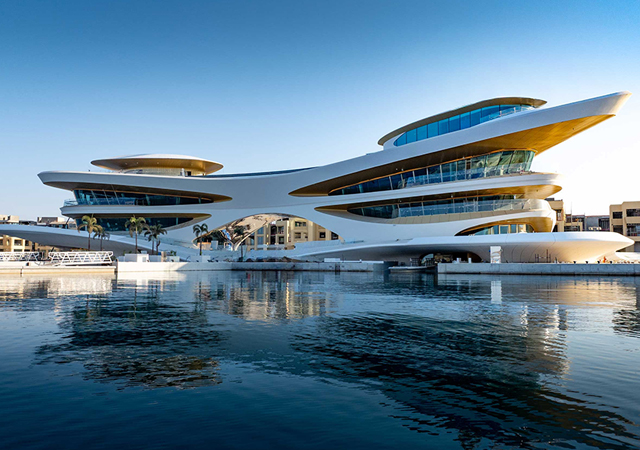
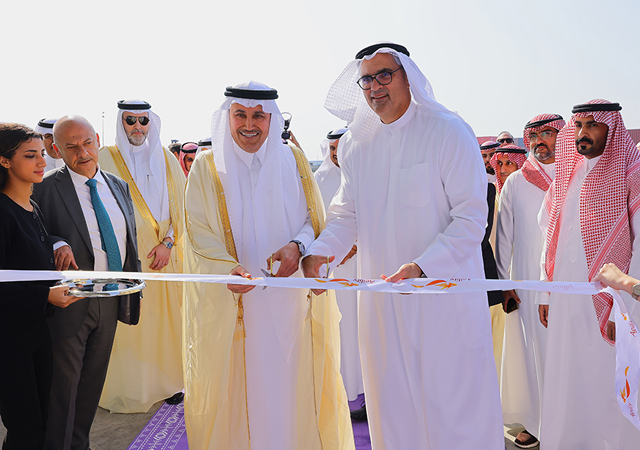
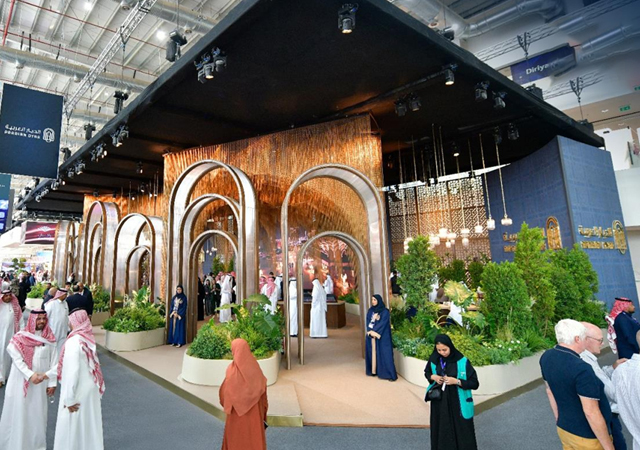
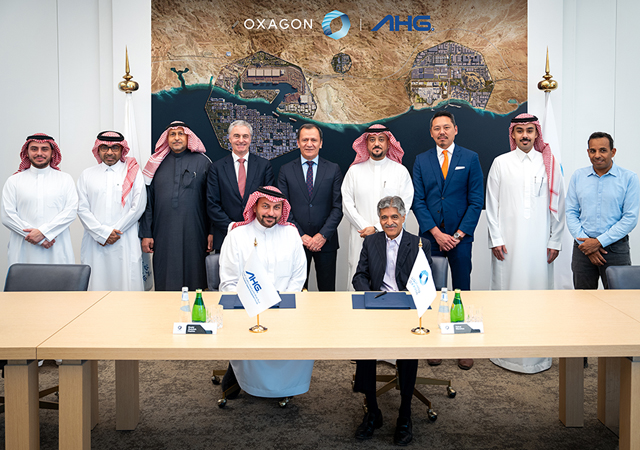
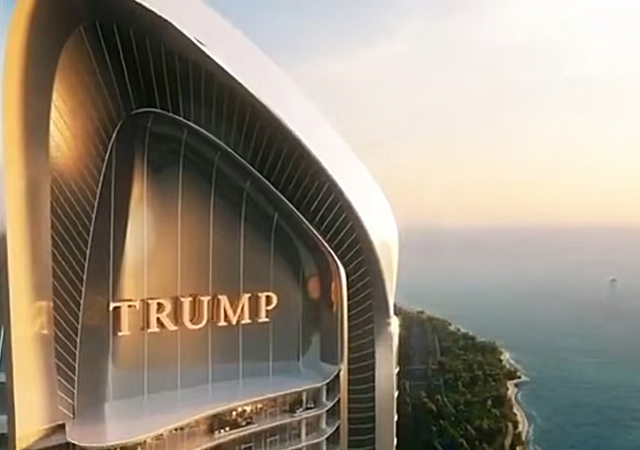
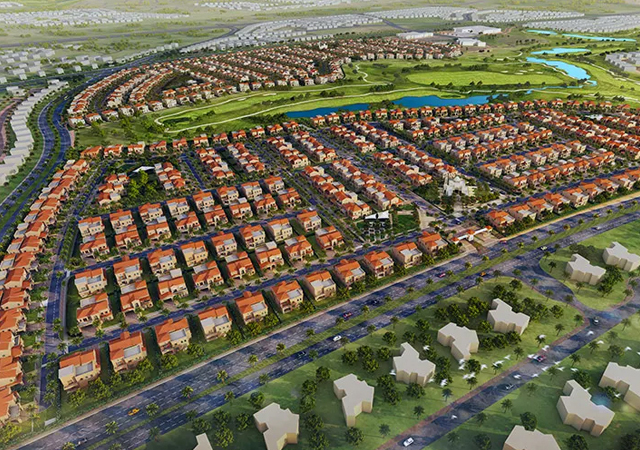
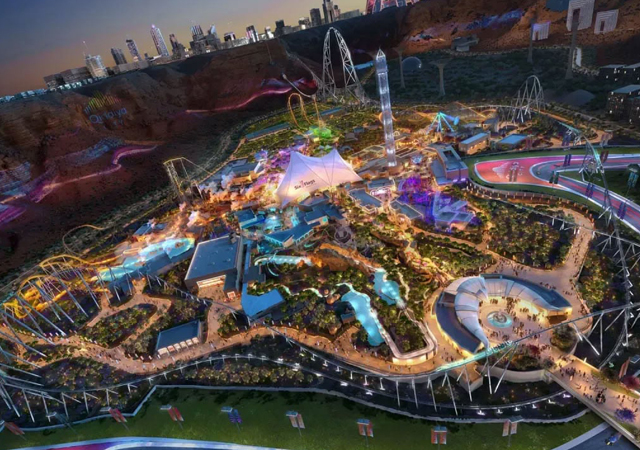
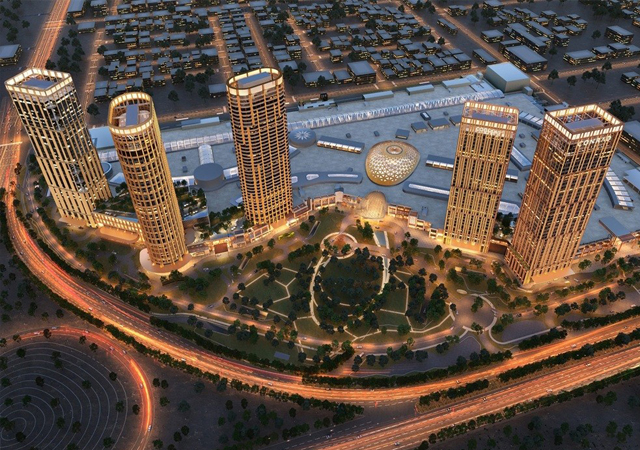
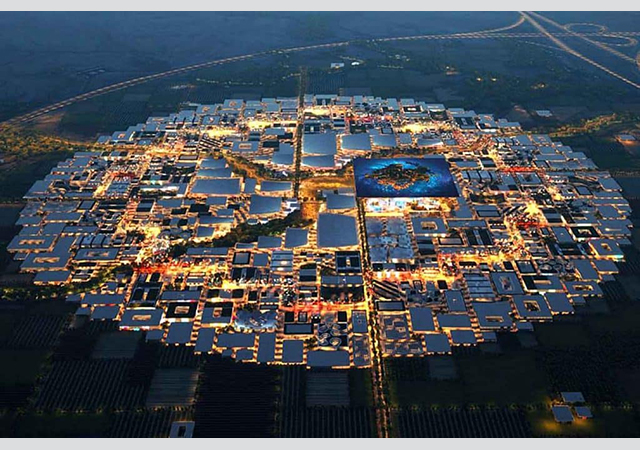

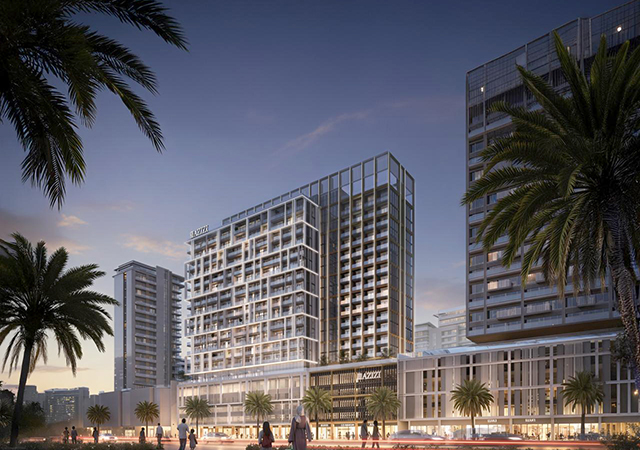
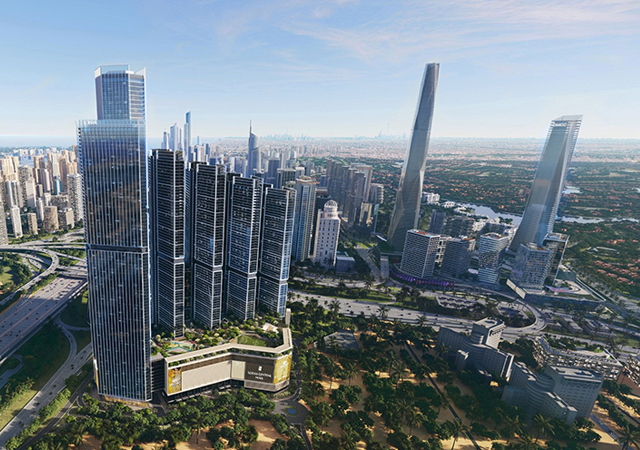
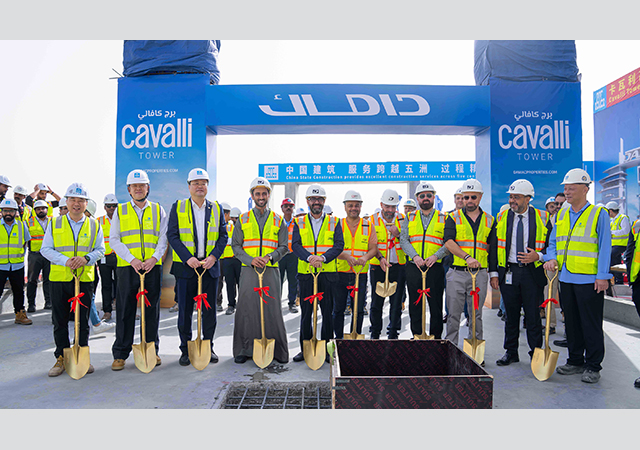
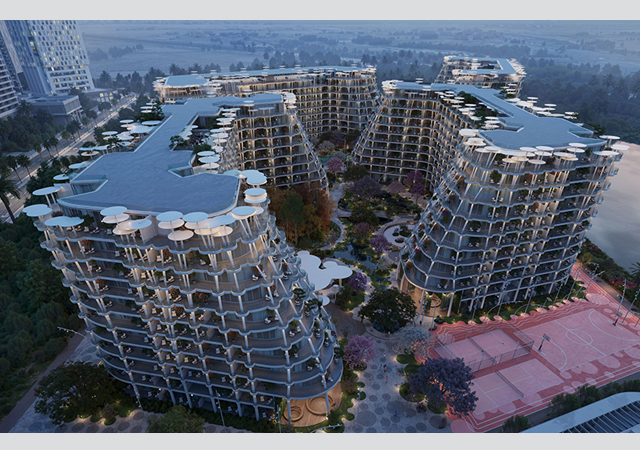
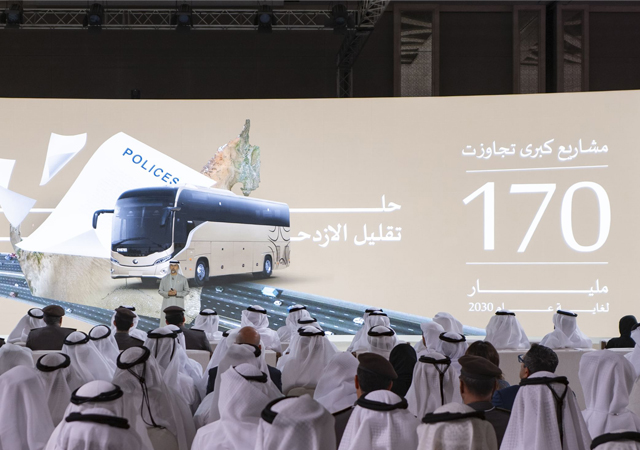
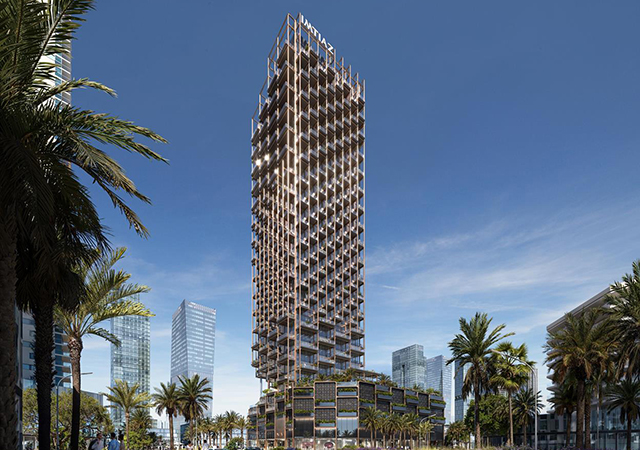
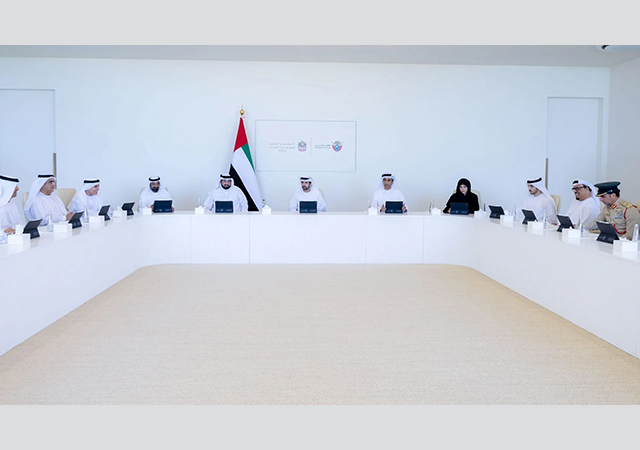
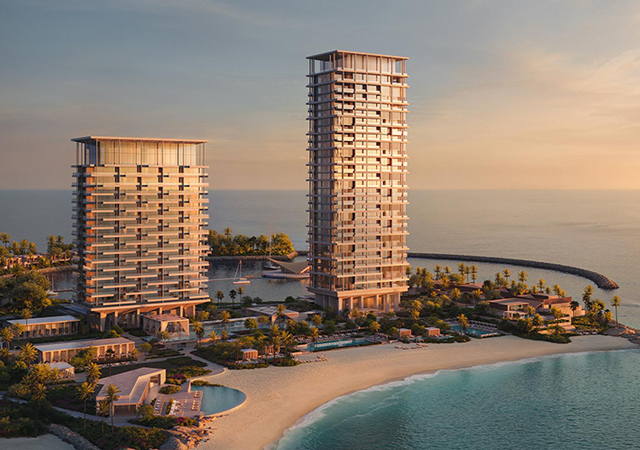
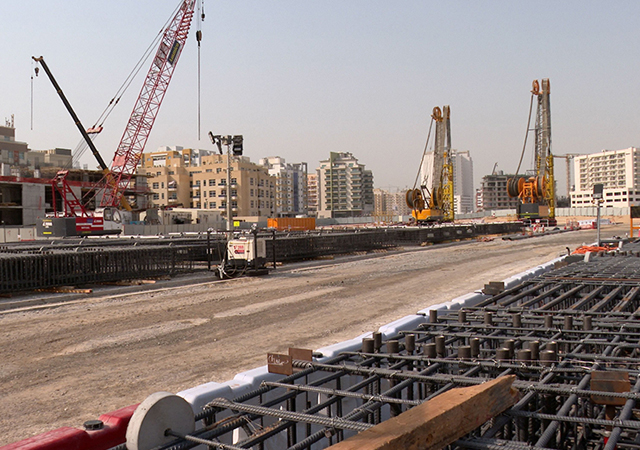

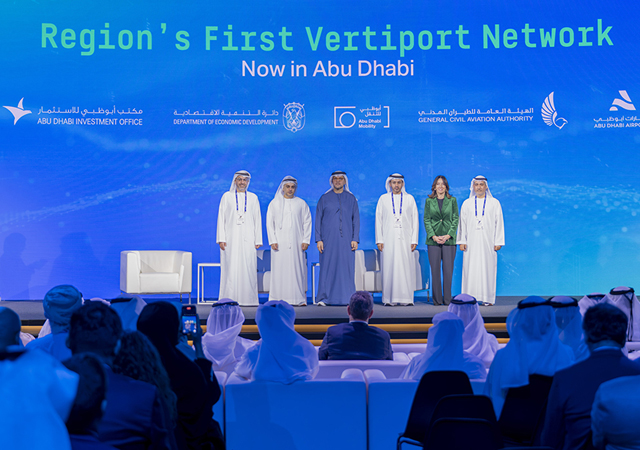
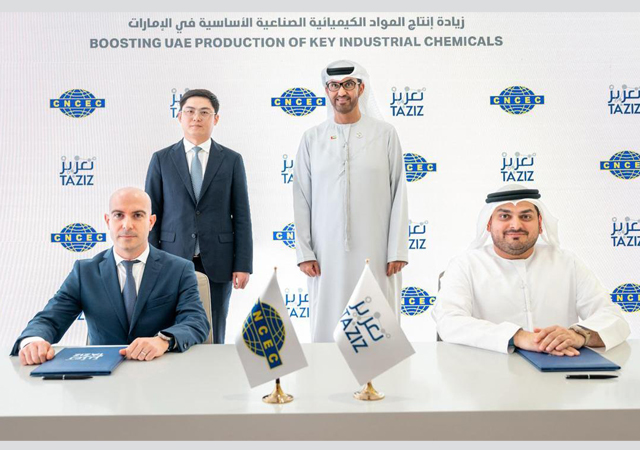
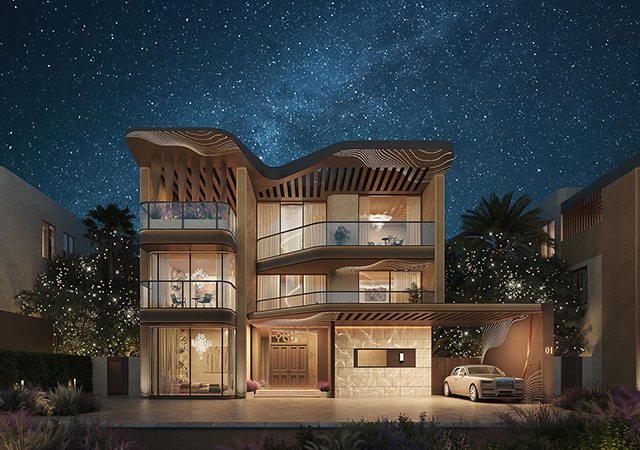
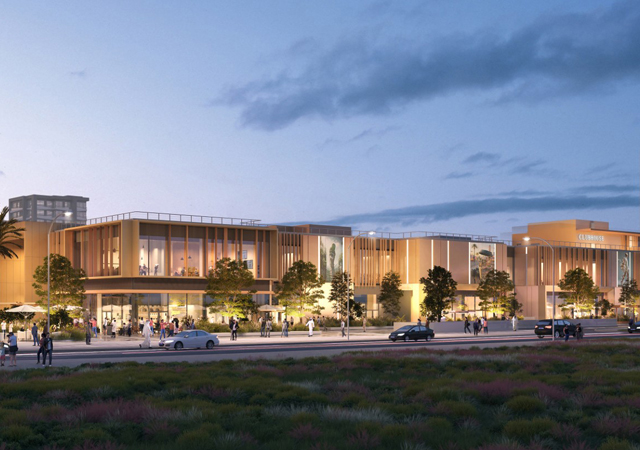
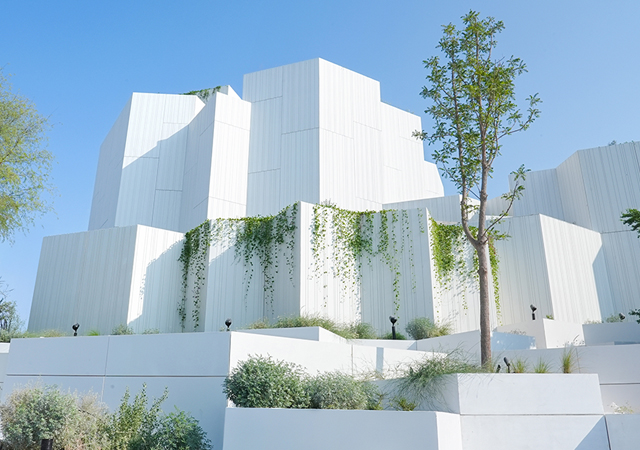
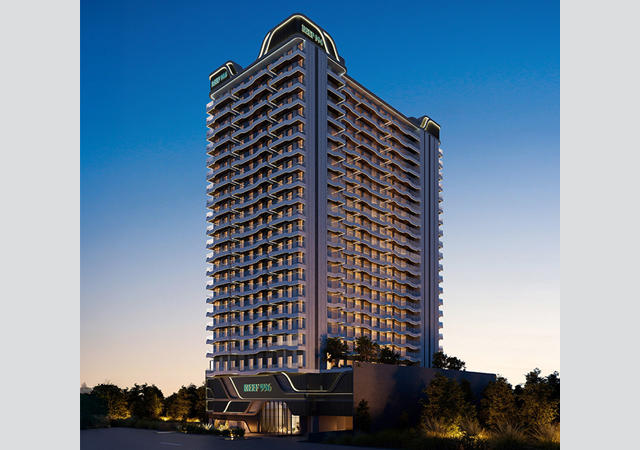

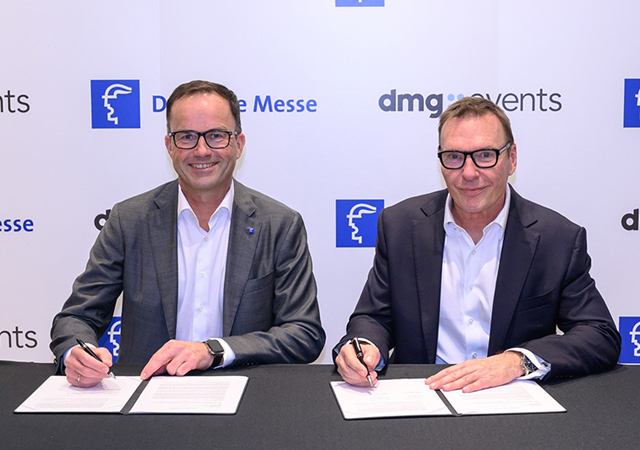
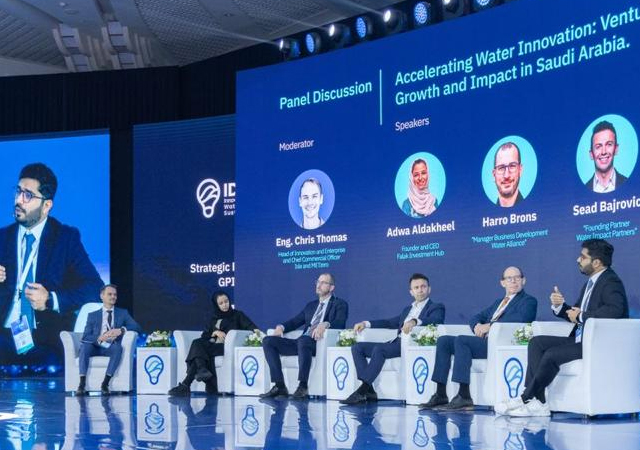
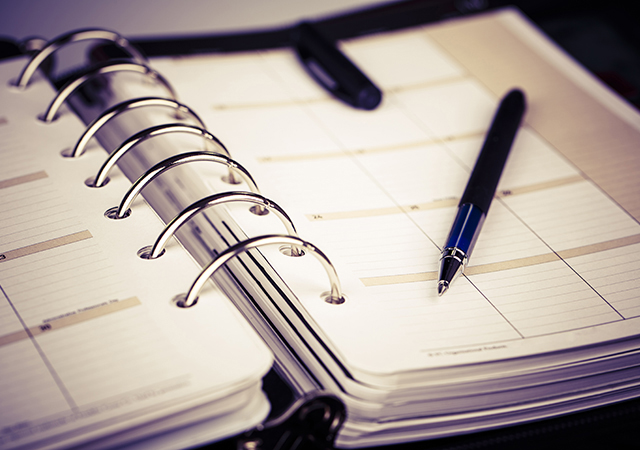




.jpg)





























